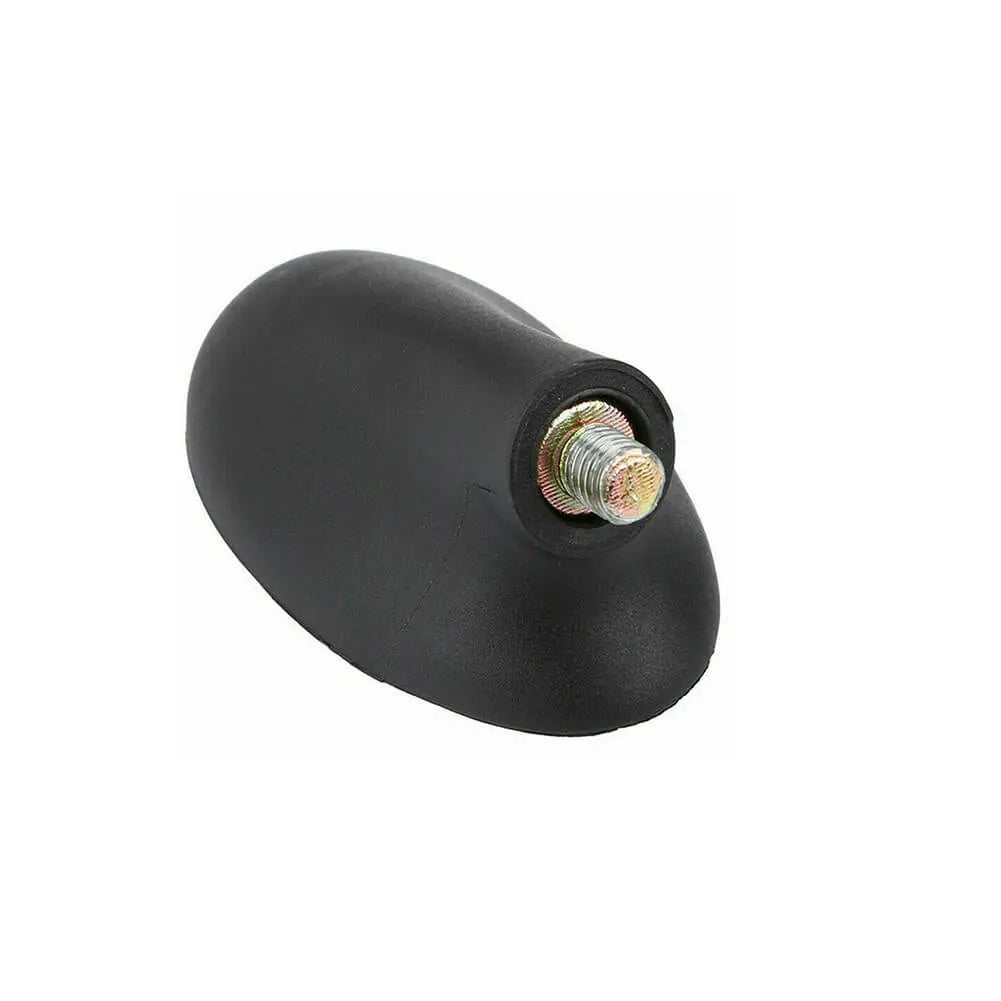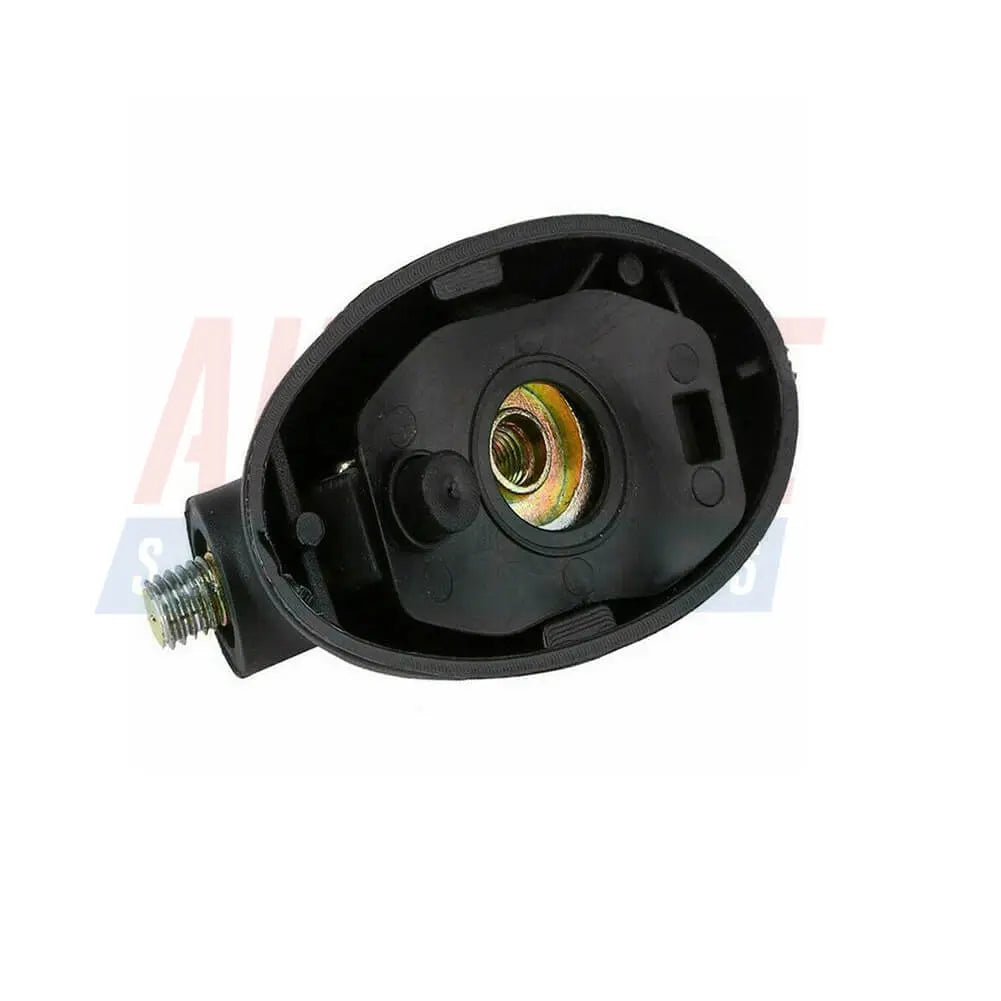Aerial Head
2 products
Showing 1 - 2 of 2 products
The Rise of Aerial Heads for Cars: A Futuristic Revolution in Automotive Technology
As technology continues to advance at an astonishing pace, the automotive industry has been at the forefront of numerous groundbreaking innovations. One such innovation that has gained significant attention in recent years is the concept of an aerial head for cars. This cutting-edge development promises to revolutionize the way we interact with our vehicles and reshape the future of transportation. In this article, we will delve into the concept of aerial heads for cars, exploring their potential benefits, challenges, and the impact they could have on our daily lives.What is an Aerial Head for Cars?
An aerial head for a car refers to a futuristic system that utilizes augmented reality (AR) and heads-up display (HUD) technologies to project information and graphics onto the windshield or an advanced transparent display, creating an interactive and immersive driving experience. This system aims to provide drivers with real-time data, such as navigation instructions, vehicle diagnostics, traffic updates, and even entertainment options, without the need to look away from the road.Benefits of Aerial Heads for Cars:
Enhanced Safety: By integrating important information directly into the driver's line of sight, aerial heads can significantly improve safety on the roads. Drivers will no longer need to divert their attention to dashboard screens or smartphones, reducing the risk of accidents caused by distraction.1) Improved Navigation: Aerial heads can revolutionize the way we navigate. By overlaying GPS directions and real-time traffic updates onto the windshield, drivers can keep their eyes on the road while receiving turn-by-turn instructions, making it easier to follow routes and avoid congestion.
2) Customizable User Experience: With an aerial head for a car, drivers can personalize their driving experience to a great extent. Customizable interfaces and advanced features can cater to individual preferences, allowing drivers to choose the information they want to see, such as weather updates, music playlists, and notifications.
3) Increased Connectivity: Aerial heads can seamlessly integrate with other smart devices and applications. By connecting to smartphones, wearables, and smart homes, drivers can access a wide range of services, including voice commands, smart assistant functionality, and even home automation features, making the driving experience more convenient and efficient.
Challenges and Considerations:
While the concept of aerial heads for cars holds immense potential, there are challenges and considerations that must be addressed for their successful implementation:1) User Interface Design: Designing intuitive and user-friendly interfaces that are easy to navigate while driving is crucial. Attention must be given to minimizing distractions and prioritizing essential information to ensure drivers can process information effectively without compromising safety.
2) Technological Integration: Implementing aerial heads requires seamless integration with existing vehicle systems and components. Collaborative efforts between automakers, software developers, and technology providers will be necessary to ensure compatibility, reliability, and interoperability.
3) Legal and Regulatory Frameworks: As with any emerging technology, appropriate regulations and guidelines need to be established to govern the use of aerial heads. Clear laws regarding usage, content display, and potential distractions must be defined to maintain safety standards and prevent misuse.
4) Cost and Accessibility: Initially, the cost of integrating aerial heads into vehicles may be high. Ensuring accessibility and affordability for all drivers will require economies of scale, advancements in technology, and market competition.
The Future of Aerial Heads for Cars:
The advent of aerial heads for cars represents a significant leap towards a more connected, safer, and immersive driving experience. As technology continues to evolve, we can expect to see advancements in areas such as gesture recognition, advanced artificial intelligence, and augmented reality graphics, further enhancing the capabilities of aerial heads. With continued research, development, and collaboration, this futuristic concept has the potential to become a standard feature in vehicles, transforming the way we interact with our cars and shaping the future of transportation.The emergence of aerial heads for cars offers a glimpse into the future of automotive technology. By integrating augmented reality and heads-up display technologies, these systems have the potential to enhance safety, navigation, and connectivity while providing a customizable and immersive driving experience. However, realizing their full potential will require addressing challenges related to user interface design, technological integration, regulatory frameworks, and accessibility.
Showing 1 - 2 of 2 products
Display
View


Antenna Aerial Base For Ford KA C-Max Escort Focus Fiesta Fusion Kuga Mondeo Scorpio - 95GP18828AF, 1087087
In stock, 50 units
Sale price£4.99


Antenna Aerial Base For Ford Transit Connect Tourneo Transit Mk6 Mk7 (2000 - 2014) 95GP18828AF, 1087087
In stock, 50 units
Sale price£4.99
Filters (0)
